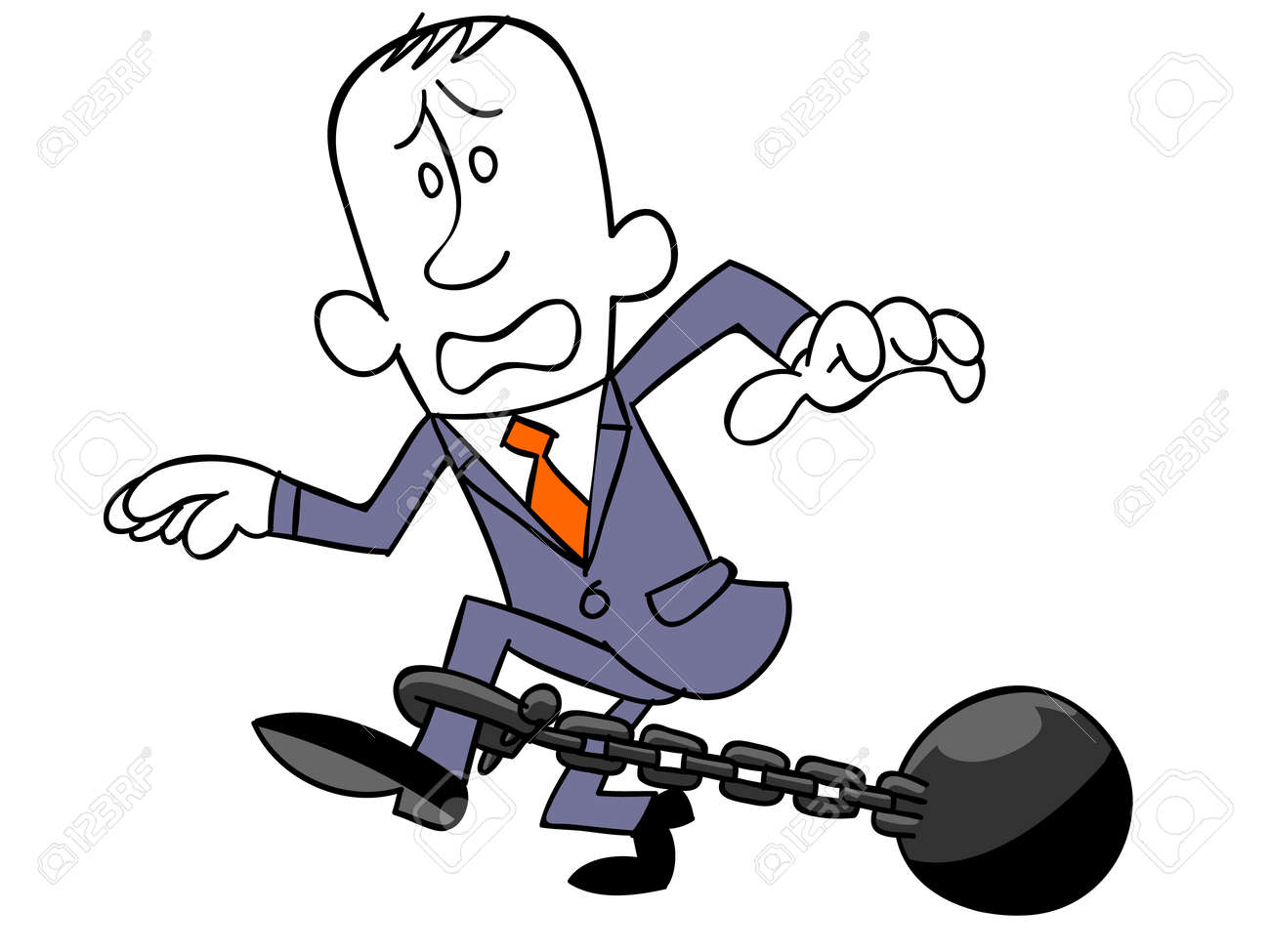Context : News - India moves one notch up to 44th rank in IMF's World Competitiveness Rankings 2018

This blog aims to discuss a paradoxical feature of Indian economy : Currently, India appears a "bright spot" when it comes to the growth rate but it is punching way below its weight mainly due to its lower competitiveness.
Why is India’s growth high but competitiveness low?
Competitiveness refers to such an objective: It determines how countries, regions and companies manage their competencies to achieve long-term growth, generate jobs and increase welfare. In an era of open economy and interdependence, growth rate of an economy should go hand in hand with its competitiveness. However, India seems to be an outlier.
Evidences of India's Low Competitiveness :

This blog aims to discuss a paradoxical feature of Indian economy : Currently, India appears a "bright spot" when it comes to the growth rate but it is punching way below its weight mainly due to its lower competitiveness.
Why is India’s growth high but competitiveness low?
Competitiveness refers to such an objective: It determines how countries, regions and companies manage their competencies to achieve long-term growth, generate jobs and increase welfare. In an era of open economy and interdependence, growth rate of an economy should go hand in hand with its competitiveness. However, India seems to be an outlier.
Evidences of India's Low Competitiveness :
- A/t WEF's Global Competitiveness Report 2017-18, India is ranked at 40.
- India ranks100 in World Bank's doing Business Report, 2018
- Low competitiveness in Infrastructure
- Poor Human Resource : UNDP's HDI - India's rank of 131 puts it in the "medium human development" bracket with nations like Bangladesh, Bhutan, Pakistan
- results in low workforce productivity
Reasons of low competitiveness :
- Yawning Infrastructure gap --> high logistics cost
- Inadequate digital infrastructure
- Poor quality Roadways
- high turnaround time of ports
- Human Resource Quality
- Education system
- Health
- Skill base of Labour
- Complex Tax structure
But still India has high growth rate because :
- cheap labour availability in large number(wage competitiveness)
- services sector - the mainstay of Indian economy
- Indian growth rate is not export oriented unlike other competitive economies but is largely domestic consumption driven.
Way Forward :
India will need to bridge above gaps in short to medium by
- focusing on both creating physical infrastructure like roads, airports and railway networks, and ‘soft’ infrastructure like fixing our schools or repairing our degraded higher education system or making the population more healthy.
On the other hand, the emergence of disruptive technologies like AI, Automation, 3D printing etc. and developed countries insistence on adding new issues like environmental safety, gender and labour issues etc in trade pacts(WTO, TPP,RCEPT) forces Indian policy makers to think a step ahead.







